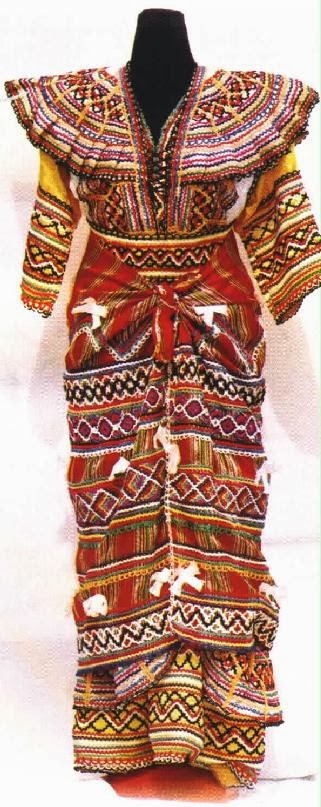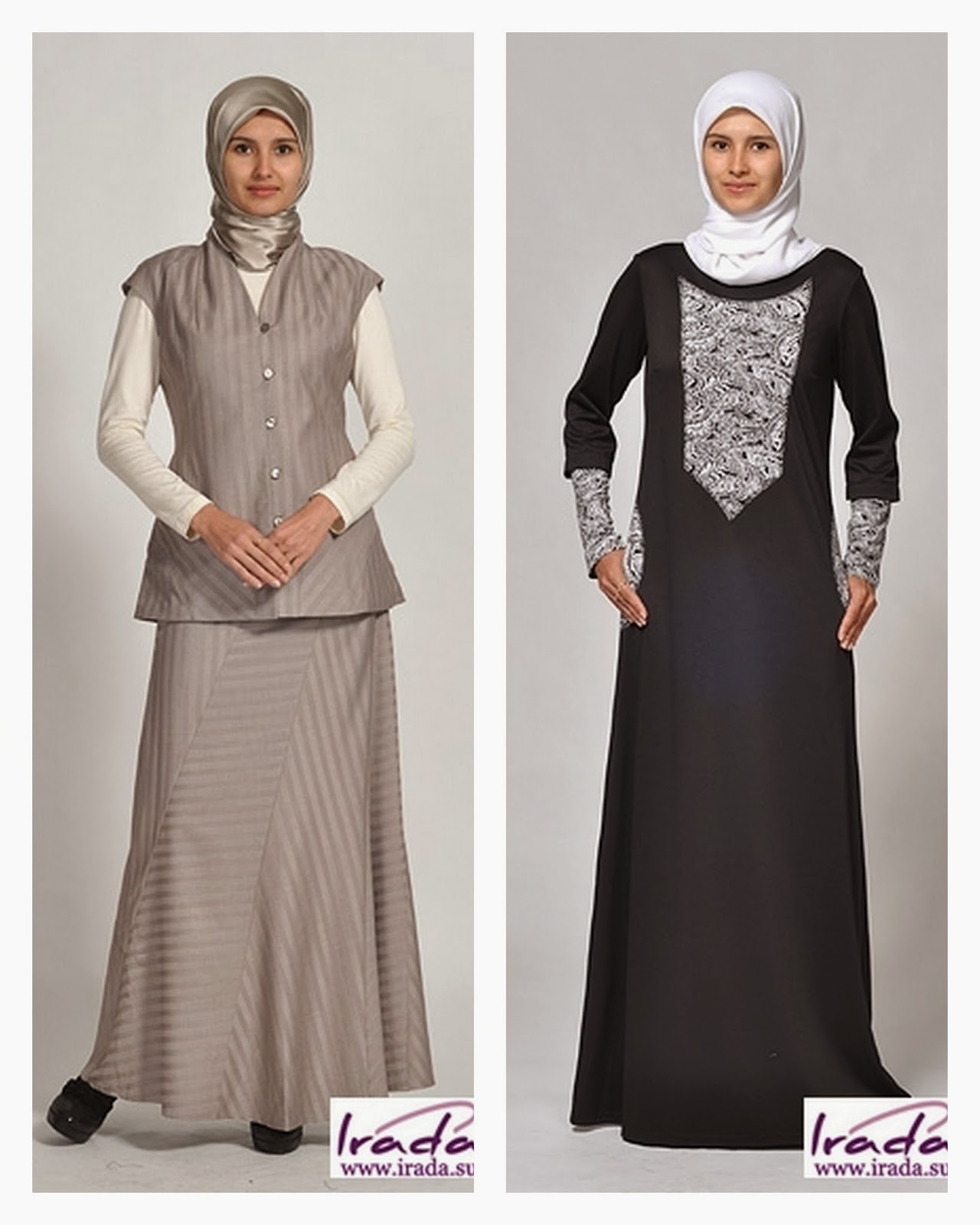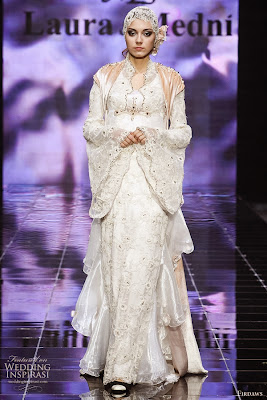The Republic of Bashkorostan, also known as Bashkiriya, is the largest federal subject of Russia with the population of 4.1 million. It shares borders with Tatarstan. Native population is Bashkirs of Turkic ancestry, and the first written references to Bashkir tribes were in compositions of Herodotus, the Greek historian who lived in the 5th century BC. In ancient times, the Bashkirs were nomadic pagans and practiced the ancient religion of Turkic peoples
Tengriism. Islam was introduced to the Baskirs by the Volga Bulgars (modern days Tatars) in the 10th century. Today, 30% of the population is Muslim consisting of Bashkirs and Tatars while the rest are Russian and Ukrainian Orthodox.
Ufa is the capital of Bashkiriya, it is a very vibrant, multicultural city with history. With the revival of the culture in the recent years people turn to their traditions more and more, especially when it comes to important events in everyone's lives such as wedding, birth of a child, as well as dresses for national festivals. Bashkir dress is becoming increasingly popular especially in the country side, although during festivals in the city you will also see many colourful Bashkir dresses. People opt for traditional weddings and other celebrations.
 |
| Bashkorostan on the map of Russia |
Traditional dressThere are 7 types of a traditional Bashkir dress (as they are made up of 7 ethnic groups and subgroups). This is explained by the fact that Bashkir were nomadic people and their dress would adopt to the lifestyle of a place where they settled. Generally speaking up until the 20th century women wore dresses, wide trousers, and short sleeveless jackets. For festivities they wore silk or velvet robes. Robes were embroidered with color patterns decorated with patches of coral, carnelian, pearl, coins, and jewelry.Winter clothing often featured fur of local animals. Women wore headscarves in ways that identified their age and marital status.
Contest for best Traditional DressIn November 2011 Ufa held its first competition of the traditional dress called "Bashkir National Dress through the legacy of centuries". The contest was held to promote the national values of the Bashkirs and to bring the business community together in order to establish production of the national dress. There were 160 representatives from 23 cities participating in 7 categories (wedding dress, stage costume, doll in national costume, modern meets traditional, etc). One of the judges said the following: "- Unfortunately, in our time, we forget about national traditions, - he said.
- This is particularly evident in the clothes.
We all dressed in European style - which is, of course, beautiful and convenient.
However, if we create modern clothes made in the traditional style, with the introduction of national elements, I think we will look even more beautiful and diverse." Participants got really creative and were dressed in national costumes while presenting their exhibits with some even playing folk music using traditional instruments. The contest was a huge success and hopefully we see many more contests to come in the future.
 |
| Presentation of awards |
 |
| One of the contestants in the Doll in the National Costume category |
Birth of Islamic FashionMuslim Fashion is Bashkorostan is in its very early stages of development. However, there are already talks of organising an Islamic Fashion festival and establishing an Islamic Fashion House. There are already designers specialising in Islamic clothing operate small businesses in Ufa. Ms Rimma Baitimirova is the designer and initiator of the Islamic Fashion House project. She would like to establish mass production of Muslim dresses in Ufa that are fashionable and meet Islamic dress requirements. Ms Baitimirova believes that there is a market for this type of wear locally and internationally. There are many Bashkir women who adhere to the dress code and currently options for fashionable clothing are very limited. Most of the dresses are imported from Turkey and Egypt, but they are not compatible with petite short Bashkir women. Rimma herself has become a Muslim 8 years ago and struggled finding suitable clothes. She ended up, like many, making her own clothes. Today, Rimma designs every day wear as well as modest wedding dresses (nikah) under her own brand MIRRAL. She owns a boutique in Ufa and can be found online.
 |
| Designs by Ms Rimma Baitimirova |
 |
| Ms Rimma Baitimirova as a model |
 |
| Wedding dress by Ms Rimma Baitimirova |
Ad links:
Now you can shop in the USA and have package delivered to your door!























































